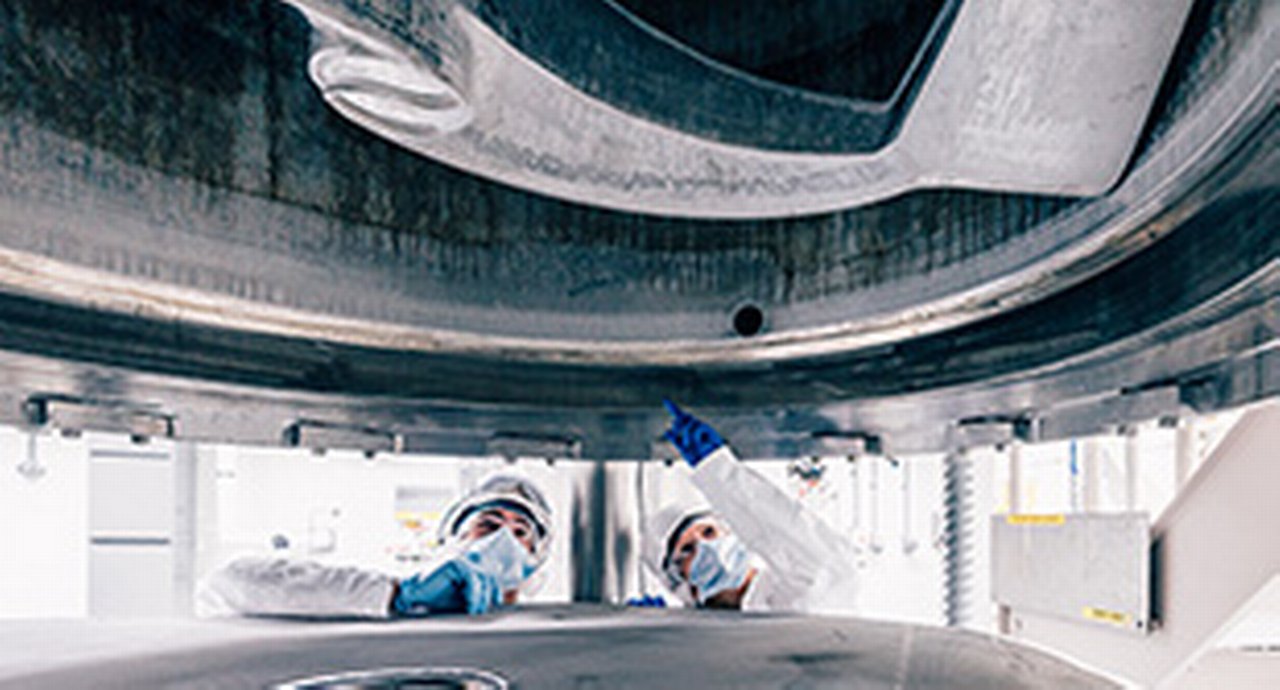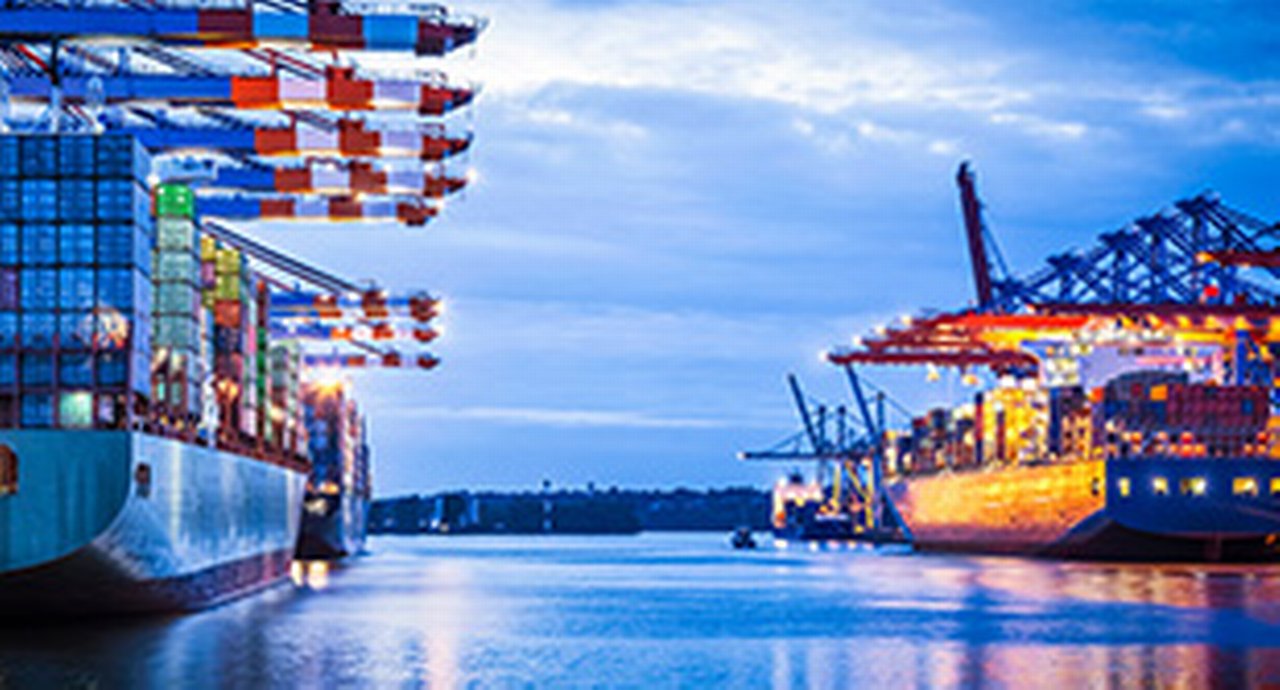15 March 2022
The Covid-19 pandemic has underlined the need for a company’s treasury and procurement teams to combine their strengths. Kai Gloystein and Christoph Müller-Stahl tell flow why this has been common sense at Knorr-Bremse for years and how the crisis has impacted their work
MINUTES min read
German company Knorr-Bremse AG was established in Berlin in 1905 and manufactures braking systems and other safety-relevant systems for rail and commercial vehicles. The company’s product portfolio also includes intelligent door systems, control components and air conditioning systems. Today, its head office is in Munich and the company operates in more than 30 countries.1
Knorr-Bremse operates under several corporate brand names, which include Bendix, Hasse & Wrede, Merak, Microelettrica, New York Air Brake, RailServices, Selectron, Sheppard, Sigma, TruckServices and Zelisko. It has established a strong reputation for safety over more than 115 years.
For 2021, Knorr-Bremse reported revenues of €6.7bn, EBITDA of €1.2bn and net income of €650m.2 In 1985, businessman the late Heinz Hermann Thiele bought Knorr-Bremse from his then employer and in 2018 he floated the company and raised €3.9bn. The family continued to have a majority stake of 59%. Following Thiele’s death in early 2021, it was announced that this stake would, under the terms of his will be transferred to a family foundation.3
Knorr-Bremse uses supplier finance since 2007
Colleagues Kai Gloystein, the company’s Head of Corporate Finance & Treasury and Christoph Müller-Stahl, Director Global Purchasing Controlling agree that the close relationship at Knorr-Bremse between treasury and procurement has been greatly assisted by having a single majority owner since the mid-1980s. Gloystein says that bit has also facilitated discussions with the company’s relationship banks, thanks to the Thiele family’s firm commitment to the company.
When a 30% stake in Knorr-Bremse was floated in 2018 – in what was Germany’s second biggest stock market debut that year – securing the company’s future as a steadily growing business, and also following good governance by bringing some outside parties and other investors on board while the Thiele family maintained a majority stake, was cited as one of the main motivations.
Gloystein joined Knorr-Bremse in January 2018 and says that he was immediately struck by the excellent levels of cooperation and dialogue that existed between treasury and procurement, which contrasted with other companies where convincing the respective teams to sit down together had proved more challenging. Müller-Stahl adds that close collaboration between the two departments was greatly helped in 2007, when they worked together in implementing its supplier finance and purchasing programmes. Knorr-Bremse has been an award winner in recognition of its supply chain finance programme.4
Cooperation between treasury and procurement
In recent years, both treasury and procurement have cooperated in meeting the challenges of growing geopolitical risk, fragile supply chains and commodity price volatility. Added to this list in both 2020 and 2021 have been higher risks of production shutdowns among suppliers and resulting disruptions, says Müller-Stahl. While securing supply is very much the province of purchasing/procurement, payments to suppliers is an issue that is regularly discussed with treasury.
“We wanted to have our credit lines ready – effectively as a kind of fire insurance”
Gloystein adds that treasury’s task is to communicate the company’s targets to the banks and debt capital markets, to update regularly on whether these targets can and will be met. 2020 “very much exposed the need for the company to carry higher inventories” and treasury held discussions with procurement on this strategic aspect. Having previously worked in the banking sector for several years, he was based in Frankfurt in 2007–08 when the global financial crisis swiftly developed and in the first weeks of the Covid-19 pandemic in spring 2020 there were fears that the banks might once again be in a position where they were unable to provide funding.
“We made sure we were ready should the worst-case scenario ensue,” he adds. “We wanted to have our credit lines ready – effectively as a kind of fire insurance.” However, the company’s business model proved to be one of the most resilient to the impact of the pandemic. Helped further by some early cost containment measures, Knorr-Bremse was able to repay funding ahead of schedule.
“We implemented tools and processes to give good visibility over potential risks that could result from the pandemic and possibly cause problems for our suppliers”
Müller-Stahl adds that procurement reviewed the company’s supply chains and where needed initiated proactive risk management policies, having identified that not all of its suppliers were as resilient to the impact of the pandemic as Knorr-Bremse. “So, we implemented tools and processes to give good visibility over potential risks that could result from the pandemic and possibly cause problems for our suppliers. Fortunately, there were relatively few critical cases and our supply chain teams mostly avoided disruptions.” The company is also helped by the fact that unlike much of the auto industry it is not reliant on ‘just-in-time’ supply deliveries.
Linking finance to sustainability
Knorr-Bremse’s purchasing policy has been shaped by its Global Purchasing Excellence Initiative (GPE), which is being updated at the time of writing, that establishes purchasing principles and procurement quality guidelines with its suppliers. Environmental, social and governance (ESG) issues, which are of growing importance to all corporates, have been high on the agenda since years. Today, ESG is reflected in initiatives such as the company’s Conflict Minerals Policy, which by constantly tracking its supply chains aims to ensure that the company does not source from areas of armed conflict where the proceeds are used to finance fighting.
Most recently, Knorr-Bremse also issued its first sustainable finance instrument: In January, the treasury team linked the companies’ first-ever syndicated loan of €750m to an ESG rating by ISS Corporate Solutions, who currently rates Knorr-Bremse at C+. Within the framework of a bonus-malus system, changes to this rating have a corresponding positive or negative impact on the loan spread. The transaction was coordinated by Deutsche Bank and UniCredit.5
At the same time, more ESG initiatives, such as a Green Supplier Finance programme are now being developed enterprise-wide, stresses Gloystein: “This is discussed regularly at board level and extend beyond treasury and procurement.”
“On the flipside, it’s still unclear for corporates and banks what the final outcome of the EU Taxonomy will be,” notes Gloystein. “It’s very much a moving target, meaning it hasn’t been fully confirmed exactly what measures need to be implemented. Fortunately, at the present time Knorr-Bremse doesn’t actually need to go to the markets but is doing its homework just in case. And in the absence of a crystal ball, this means expecting the unexpected.”
Sources
1 See https://bit.ly/3MxNzrH at knorr-bremse.com
2 See https://bit.ly/3tCtZSu at knorr-bremse.com
3 See https://bit.ly/3tH3AmH at knorr-bremse.com
4 See https://bit.ly/3Ct0h6v at scfcommunity.org
5 See https://bit.ly/35Y7Vto at knorr-bremse.com
Corporate Bank solutions Explore more
Find out more about our Corporate Bank solutions
solutions
Stay up-to-date with
Sign-up flow newsbites
Choose your preferred banking topics and we will send you updated emails based on your selection
Sign-up Sign-upSubscribe Subscribe to our magazine
flow magazine is published annually and can be read online and delivered to your door in print
You might be interested in
Cash management, flow case studies
Boosting treasury in India Boosting treasury in India
German vibrant science and technology company Merck has turned its treasury business in India inside out. Jörg Bermüller tells flow’s Desirée Buchholz how his team reduced FX risks, optimised liquidity and streamlined processes in an award-winning project with Deutsche Bank
Cash Management, flow case studies
Connecting cash Connecting cash
Wieland is a fast-growing German copper and copper alloy specialist. After a series of M&A acquisitions in the US, the treasury team found the successive legacy cash management systems were impeding efficiency. flow’s Desirée Buchholz reports on the turnaround
Trade finance, Dossier Covid-19
Dealing with supply chain disruptions Dealing with supply chain disruptions
Supply chain disruptions are currently the main source of concern for corporate treasurers, research by Economist Impact shows
Dealing with supply chain disruptions More


